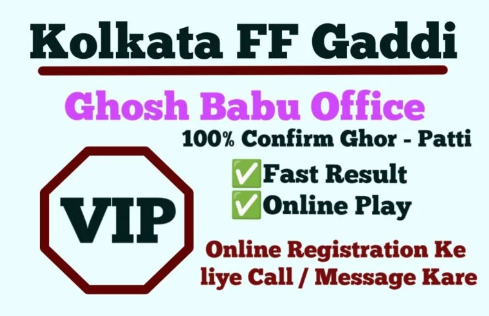
Otome Dori
In the vast and diverse landscape of manga and anime, there exists a genre that pushes the boundaries of storytelling, exploring themes that are often considered taboo. One such genre that has stirred controversy and sparked discussions is “Otome Dori.” This genre, known for its explicit content and mature themes, has both passionate fans and vehement critics. In this article, we will delve into the world of Otome Dori, exploring its origins, themes, controversies, and the impact it has on the manga and anime community.
Understanding Otome Dori:
Otome Dori, translated as “Maidens’ Tragedy,” is a genre of manga and anime that falls under the category of erotic or adult content. It primarily targets a mature audience due to its explicit depictions of sexual content and themes. The genre often revolves around complex relationships, power dynamics, and intense emotional situations.
Origins and Evolution:
The roots of Otome Dori can be traced back to the wider genre of hentai, which is a term used to describe explicit adult content in anime and manga. Over time, creators began to experiment with more intricate storylines and character development within this genre, giving rise to subgenres like Otome Dori.
The plots within Otome Dori often involve intricate relationships, love triangles, and power struggles. The characters are usually well-developed, adding a layer of complexity to the explicit content. While some argue that this genre provides a unique blend of storytelling and adult themes, others criticize it for exploiting sensitive topics for mere shock value.
Themes and Common Tropes:
Otome Dori commonly explores themes such as power dynamics, dominance, submission, and the blurred lines between consent and coercion. The genre often features protagonists facing morally ambiguous choices, leading to intricate and emotionally charged narratives. Love triangles and complex relationships are recurring tropes that add depth to the storytelling.
Criticism and Controversy:
Despite its popularity among a specific audience, Otome Dori has faced significant criticism for its explicit content and the way it portrays sensitive subjects. Critics argue that the genre often glamorizes non-consensual scenarios and romanticizes unhealthy power dynamics. Some also point out the potential harm in normalizing such content, especially among younger audiences who may come across it unintentionally.
The controversy surrounding Otome Dori extends beyond its themes, with discussions about the impact it has on society’s perception of relationships and consent. Advocates for freedom of expression defend the genre as a form of artistic exploration, emphasizing the importance of recognizing the distinction between fiction and reality.
Impact on the Manga and Anime Community:
Otome Dori’s impact on the manga and anime community is undeniable. While it may not enjoy mainstream popularity, the genre has a dedicated fan base that actively seeks out and supports this type of content. This has led to the creation of niche markets and specialized publishers catering to the demands of enthusiasts.
On the other hand, the controversial nature of Otome Dori has led to debates within the community about the boundaries of artistic expression and responsible storytelling. Some argue for stricter regulations or content warnings, while others advocate for the autonomy of creators in exploring challenging themes.
Conclusion
Otome Dori, with its explicit content and controversial themes, remains a polarizing genre within the world of manga and anime. As with any form of artistic expression, it sparks debates about the balance between creative freedom and responsible storytelling. Whether one views it as a legitimate exploration of complex emotions or condemns it for potentially harmful depictions, Otome Dori continues to be a unique and divisive presence in the diverse landscape of manga and anime.










